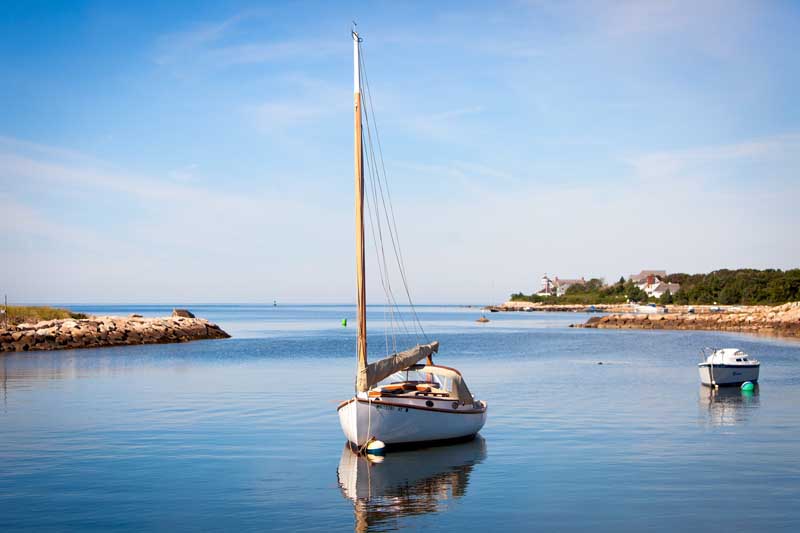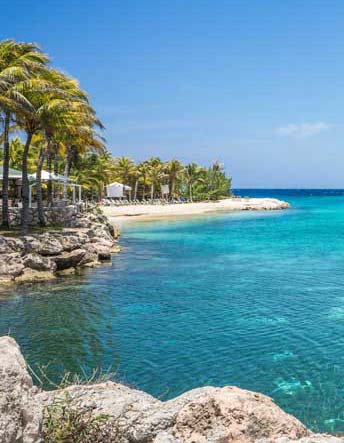Best Spots to See Wildlife in the U.S.
Admit it. There are times when you wish you could escape the hustle and bustle of city life and immerse yourself in nature’s grandest spectacle. Well, wildlife enthusiasts actually can experience some of the most incredible animal encounters right here in the United States. Each of the following destinations offers visitors a chance to witness magnificent creatures in their natural habitats. For many nature lovers, these wildlife encounters become the highlight of their entire trip. After all, what could be better than watching a grizzly bear catch salmon or witnessing a massive herd of bison roam freely across endless plains?
“It’s a wonderful destination, we will come back next year for sure!”
All of these locations boast diverse ecosystems, pristine wilderness areas, crystal-clear waters and abundant wildlife viewing opportunities. There usually are fees for guided tours and equipment rental. Every destination offers something a little different for wildlife enthusiasts.

Even at first glance, Yellowstone National Park looks like the quintessential American wilderness sanctuary. There are vast stretches of untouched landscape in remote valleys, colorful hot springs and geysers, and abundant opportunities to spot the park’s famous wildlife including wolves, bears, and bison.
Many of the park’s wildlife viewing areas have been carefully developed and maintained over decades. Since its establishment in 1872, the National Park Service has invested millions to preserve this 2.2 million-acre wonderland as a destination visitors would never forget. Wildlife corridors wind through the park, which is home to grizzly bears, black bears, wolves, elk, bison, and occasional mountain lions. Those seeking solitude will enjoy the backcountry trails that lead to remote locations perfect for wildlife photography.

Wildlife enthusiasts have plenty of activities to choose from. Join a guided wolf-watching tour (US $ 95 for half-day) and scan the vast Lamar Valley, known as “America’s Serengeti,” where you can spot wolf packs hunting 20 miles away with high-powered scopes, or grab your binoculars and explore the park’s diverse habitats up close.
For a great view of migrating wildlife, try your hand at bear watching during salmon season (US $ 79 per person). You’ll position yourself at prime viewing spots and maybe even witness the incredible spectacle of grizzlies catching fish before returning to your lodge.
Children will enjoy Junior Ranger Programs and Nature Discovery Walks (US$ 15 adults, $10 children). The interactive wildlife exhibits and guided nature activities are just the things for those who are young at heart.
A staff of hundreds of rangers and naturalists work in Yellowstone, and it’s obvious they take pride in protecting the park’s wildlife and natural beauty. Their expert knowledge makes the wildlife viewing experience so remarkable that you won’t want to leave when your visit comes to an end.
“Alaska knows wildlife, so it’s no wonder that visitors feel amazed by the incredible encounters in Denali”
The park shuttle takes you right into the heart of the wilderness (other parks require private vehicles with restrictions), so wildlife enthusiasts can head straight into Denali National Park to explore its six million acres. There are viewing areas just for families, and Wonder Lake offers safe and spectacular opportunities for wildlife photography. Adults seeking solitude can visit the backcountry areas, secluded locations perfect for serious wildlife observation. For a little luxury, enjoy wildlife viewing from comfortable lodge accommodations with panoramic wilderness views.

Game for a little exploration? Then grab some hiking gear (child carriers are available for little ones) and hit the nature trails (US$ 6 park entrance fee). This is, after all, a pristine wilderness area, and there are miles of untouched habitat and diverse ecosystems to explore.
If you prefer water-based wildlife viewing, check out the Everglades Airboat and Wildlife Tour ($60). Participants glide with expert guides through the park’s unique wetland environment and navigate through ecologically sensitive areas where alligators, manatees, and hundreds of bird species thrive. If the heat gets to you, just enjoy the refreshing mist from the airboat as you cruise through crystal clear waterways.
Teens can get into their own adventure with The Wild Florida Experience (US$ 35), an excursion that includes wildlife photography, hiking, and kayaking through mangrove tunnels. Families who want to adventure together can try the Manatee Encounter Boat Tour (US$ 49 adults, US$ 29 children). This peaceful 45-minute journey takes you out to calm waters and pristine springs where gentle manatees gather. Even younger children will enjoy floating peacefully in the warm Florida waters while massive sea cows swim nearby.

Visitors to the remote islands of Hawaii Volcanoes National Park are greeted with the sounds of native Hawaiian birds. The Hawaiian Goose Recovery Program, a dedicated conservation effort, has helped bring the endangered nēnē back from near extinction while guests enjoy incredible volcanic landscapes under the shade of native ʻōhiʻa trees. After exploring the lava tubes, guests can relax on black sand beaches or wade through tide pools while park rangers offer educational talks about Hawaii’s unique endemic species.
Try out the complimentary wildlife observation programs like bird watching or tide pool exploration. For a different experience, board a guided tour vehicle and head to the beautiful Haleakalā Crater on Maui. Haleakalā is known for two things: incredible sunrise viewing and rare silversword plants.
Guests can take a four-wheel drive tour into the crater to see the endangered silversword plants (US$ 65) or witness Hawaii’s rare native birds, like the Hawaiian petrel, at dawn (US$ 64). From there, head to the coastal areas for some quality time observing Hawaii’s marine life. There are even protected pools where Hawaiian monk seals, green sea turtles, and tropical fish can be observed in their natural habitat.
Frequently Asked Questions
Sources and References
- Yellowstone National Park Official Website
- Denali National Park & Preserve Official Website
- Everglades National Park Official Website
- Hawaii Volcanoes National Park Official Website
- Haleakalā National Park Official Website
- National Geographic Wildlife Viewing Guide
- Audubon Society – Best Places to See Wildlife in America
- World Wildlife Fund – Greater Yellowstone Ecosystem
- U.S. Fish & Wildlife Service – Arctic Wildlife
- The Nature Conservancy – Everglades Conservation

















